A Platform Isn’t A Platform Without An “Idea Network”

Beginning his 15 minute talk at the the 2010 TEDGlobal conference in Oxford, England, author and journalist Matt Ridley compared side-by-side an Acheulean hand axe from half a million years ago, and a modern computer mouse. Both remarkably similar in shape and size. Both designed to fit the human hand. Both invented to help humans be efficient and productive. The similarities end there.

Hand axes were made to a pretty unvarying design for over a million years — 30,000 generations — whilst computer mice were invented less than a century ago and already have evolved to the point of being obsolete. Today, we interact with computers in our pockets and on our laps through tracking pads and touch screens.
The biggest difference between both inventions is how they’re made. A hand axe requires one type of raw material for its manufacture — stone. Computer mice are a mish-mash of ingredients. Silicon, metal, plastic and rubber are mixed and moulded to deliver the end product.
One person can make a hand axe relatively easily. Not a single person in the world can make a computer mouse on their own. It’s impossible. The ideas required are distributed across a wide group of people — the idea of plastic, the idea of the transistor, the idea of the laser, even the idea of the computer.
Innovation occurs quickly when different ideas can “meet and mate” quickly. No wonder the title of Matt’s talk was “when ideas have sex.”
To understand how the modern computer mouse can evolve as quickly as it has, first we must understand how modern communication tools have evolved, integrated, and transferred information — facilitating faster and faster exchange of ideas.
To share ideas, first we need tools
Early versions of tools like telephones and computers were useful, but limited by their lack of connectedness. Integrations connected telephones through exchanges, and computers through dial-up and DSL broadband — the “internet.” Integrations gave the tools more utility and usefulness.
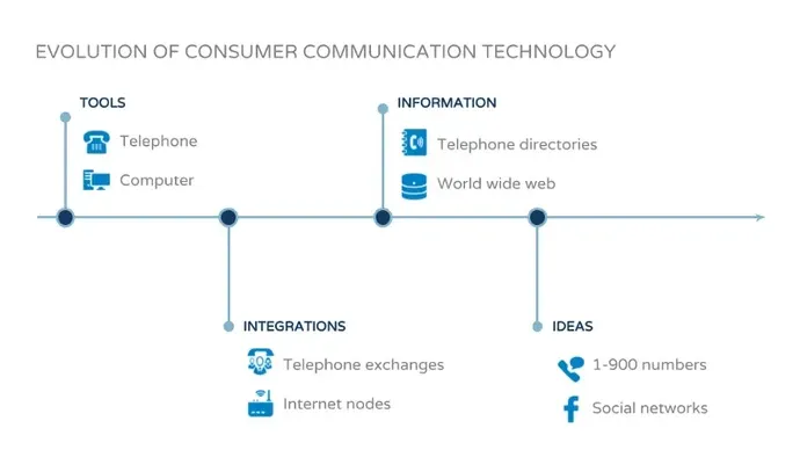
As more devices connected to these integrated networks, more information was shared, stored, and retrieved. Mobile phones — with calendars, address books, calculators, and notepads — enabled us to store and retrieve data.
On desktop computers, we shared and stored information through email accounts and the world wide web. Websites used cookies and used our gender, birthday, and marital status to make the web more relevant for us. Soon, the information we shared and stored included photos, videos, and stories. We became creators of content, not just consumers of it.
As information sharing continued, and sharing tools improved, we used communication technologies to access and share ideas. In the United States, 1–900 telephone numbers provided ideas and advice to help people tune their guitars, find nightclubs, and learn how to make pasta sauce. By 1991, 1–900 telephone numbers were a billion dollar business.
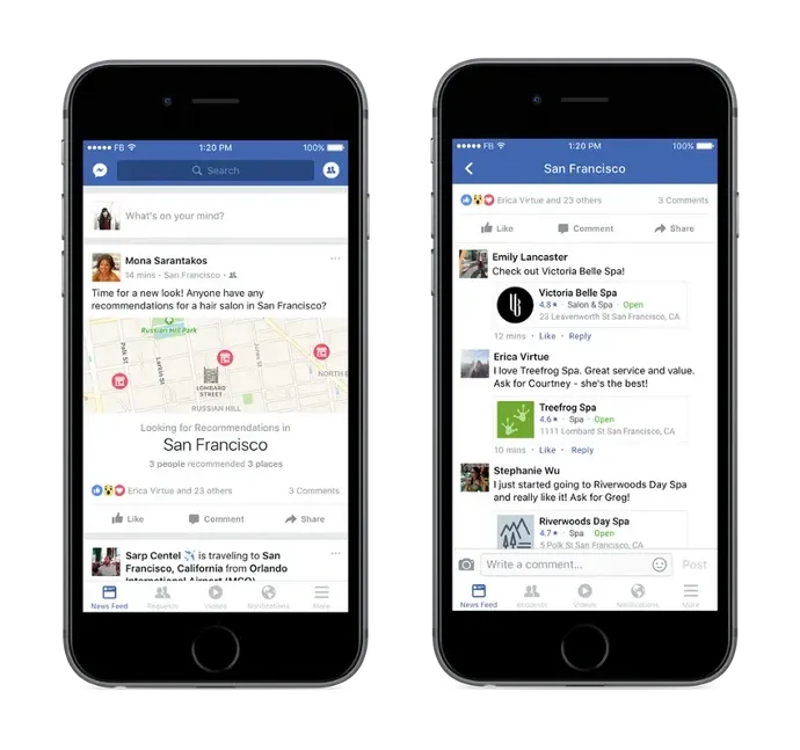
Social networking platforms enabled us to share and access ideas from anywhere. Requesting recommendations from friends for new restaurants to try became easier than ever. Videos and photos provided ideas for what to cook, what to buy, where to hang out, and who to hang out with. Filters, emoji, and stickers provide a canvas to share those ideas quickly and easily.
Social networks are “idea networks.” We look to them for inspiration every day, multiple times a day. Easy access to new ideas has improved our personal lives.
Idea networks for the enterprise
Whilst businesses today use telephones and computers, connected through phone lines and broadband, storing information in databases and CRMs, we rarely make use of “idea networks” in our work lives. Most businesses generate their ideas from their employees. Their idea networks are small. That’s about to change.
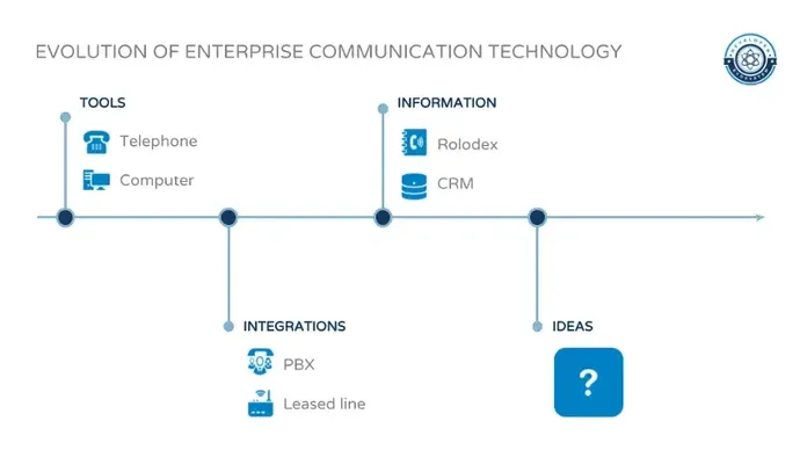
New types of ‘as-a-service’ platforms are enabling companies to look beyond their payroll for idea generation. People-powered platforms have emerged providing tools, inspiration and the opportunity to generate ideas with the help of external collaborators. These new platforms will integrate deeply with existing technology stacks and workflows through APIs and integrations.
Inspiration and collaboration
These new “idea networks” for the enterprise come to life through two types of platforms — inspiration platforms and collaboration platforms.
Inspiration platforms
Effects, filters, and stickers are used by billions of Instagram, Facebook, and Snapchat users to create new content quickly and easily. Inspiration platforms work in the exact same way, but for businesses. These platforms provide quick-start assets for idea generation, through graphics, images, filters, and layouts.
Canva’s tools make it easy to create vibrant graphics, images, and videos through their web-based service. Choose from a library of preset dimensions for social media, print, email, and the web, select a template, customise your design, and share it or download it. A vast selection of templates is included for free, and a growing marketplace of designers provides access to even more ideas from $1 each. Tools to organize assets by folder and team make it easy to share and collaborate on designs inside and outside your company.
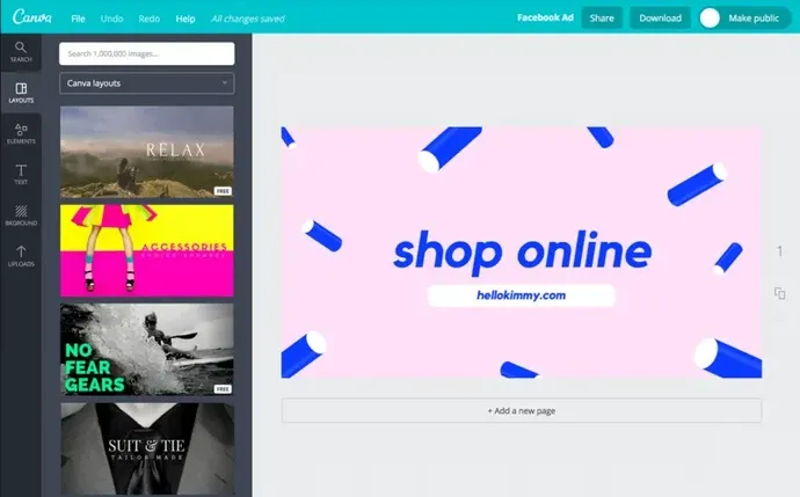
In their own words, “Promo gives you quality video clips, licensed music and a built-in text editor so you can easily create stunning video content.” Millions of premium video and music clips can be used, with lifetime licensing included. An easy to use editor simplifies the ideation and creation process, and videos created can be uploaded and shared anywhere — or re-sold to your clients. Clips are categorized by theme and created by professional musicians and videographers.
Collaboration platforms
Similar to how Facebook’s “recommendations” feature works, these gig economy platforms enable businesses to solicit ideas from a network of collaborators spread across the globe, or to search through previously created content. Collaborators can include agencies and freelancers — even your own customers. Instead of using templates to create ideas, the ideas come from real people in almost real time.
Storybox provides tools to “collect the most compelling content from your customers,” and enables customers to record and upload images and videos to generate ideas for your marketing campaigns. One-click moderation and digital rights management tools make usage requests and approval easy, and content can be easily syndicated across digital channels. Analytics and retargeting tools ensure the right content is seen by the right customers at the right time.
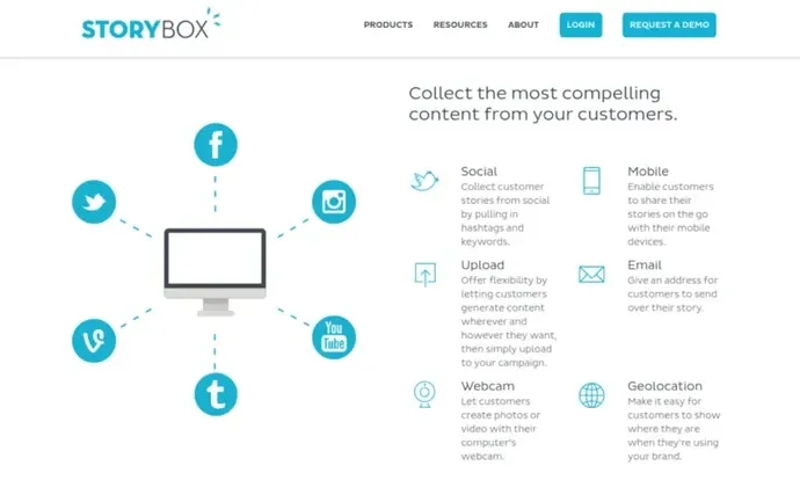
With over 1.2 million members and over 2.1 million ideas exchanged through the platform, it’s no wonder that companies like General Electric (GE) and Mattel have partnered with Quirky to help develop ideas for new products. Anyone with an idea for a product can join, and find other community members to help develop the idea. Once a project is developed, revenue is shared between the main inventor, their collaborators, the brand, and Quirky. Recent inventions include the “Pluck” egg yoke extractor, and the “Pawcet,” a paw controlled outdoor drinking fountain!
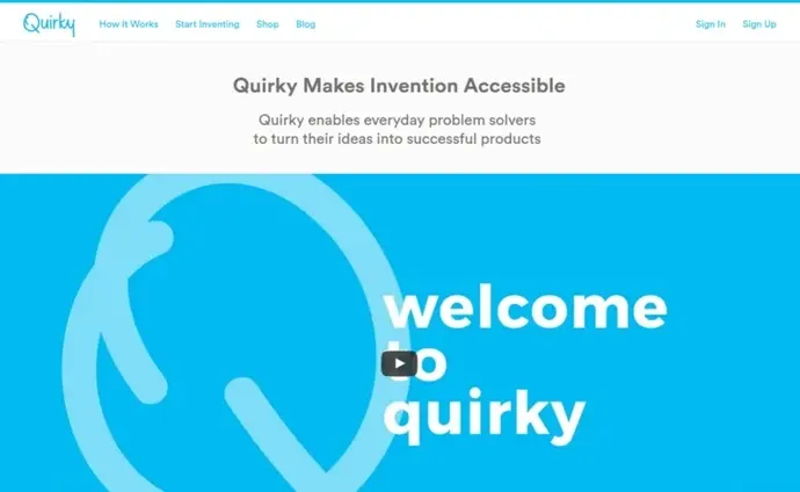
Integrating the “collective brain”
Whilst most “idea networks” for the enterprise are siloed and exist as standalone tools, they’re fast becoming deeply connected to existing workflows and tools through APIs and integrations.
By adding Canva Button, marketing tools like Cinchshare, Shortstack, and Sendible have quickly integrated Canva’s creative tools and marketplace of creators with their own products. This makes content idea generation easier for their customers, without requiring them to learn how to use a new set of tools.
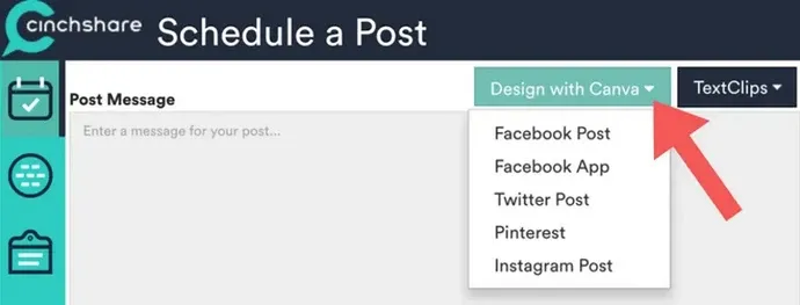
Collaboration platform Fancy Hands, which provides a team of US-based assistants to help companies with research and other tasks, boasts integrations with Basecamp, Do.com, Asana, Trello, Evernote, Google Calendar, and Facebook. These integrations connect assistants with the workflows and tools that their customers are already using to collaborativley generate ideas.
Yes, AI and Neural Networks are the future of computing. That said, integrating the human powered “collective brain” into the enterprise — through idea networks — is set to change the world of work forever.
